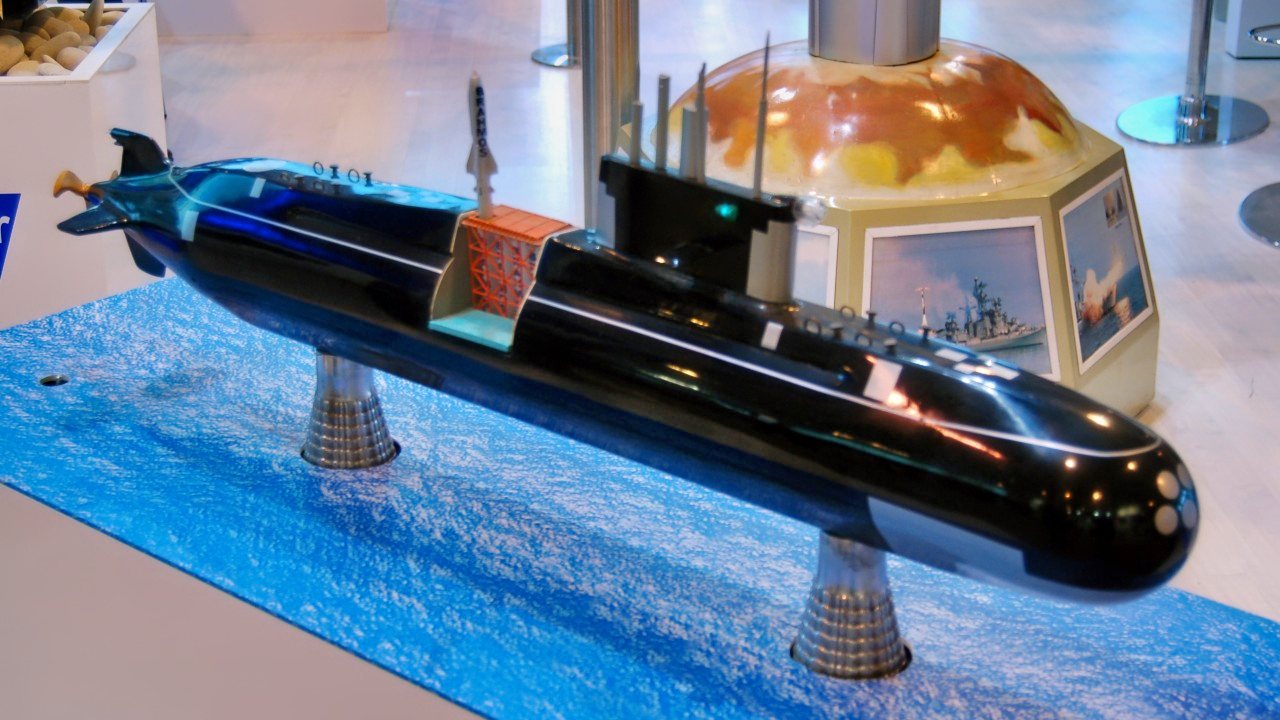Key Points – Russia’s Lada-class diesel-electric submarines, intended as advanced replacements for the Soviet-era Kilo class, have endured a deeply troubled and protracted journey into service.
-The lead boat, Sankt Peterburg, commissioned in 2010, was plagued by underperforming propulsion and sonar systems and was ultimately slated for decommissioning in 2023 due to the high cost of modernization.
-The second boat, Kronstadt, also suffered years of construction delays before finally being commissioned in 2024.
-The program’s slow rollout, hampered by technical issues and a shift in resources to the Ukraine war, means Russia continues to rely on its older but more reliable Kilo-class submarines.
Russia’s Lada-class Submarines in 4 Words: A Waste of Rubles?
Despite their position as one of the most advanced non-nuclear submarines in the Russian Navy, a cash crunch in Russia, as well as shifting geopolitical priorities, have hampered their wider roll-out within the Russian fleet.
The Lada-class of Russian submarines, also known by their technical name as the Project 677 group of submarines, are the Russian Navy’s diesel-electric submarines replacing the Soviet-era Kilo-class. Though they eschew nuclear for conventional propulsion, they benefit from a low acoustic signature as well as advanced sonar and a higher degree of automation than their predecessor.
The Lada’s role within today’s Russian Navy echoes that of the older Kilo-class. Instead of launching nuclear-armed ballistic missiles from sea, however, the smaller conventionally-powered submarines are tasked with harrying enemy surface ships and other vessels, closing with and destroying adversary submarines, and patrolling Russia’s home littoral waters.
HI Sutton, an expert on submarines, surface ships, and other aspects of naval power, explained that the Lada-class’s “main strength is likely to be the sonar. The bow of the submarine is wrapped in a conformal array, likely the biggest of any non-nuclear submarine. How effective its computers will be at analysing the mass of data such a large array should generate is open to question. But it does imply an impressive anti-submarine capability.”
Russia’s Sankt Peterburg
Named after Russia’s second city, the far northerly Saint Petersburg, the Russian Navy commissioned the lead Lada-class submarine in 2010.
Given the submarine’s technological sophistication compared to the older Kilos, expectations for the class were high. These hopes were, however, damaged by a longer-than-expected build and commissioning time. And while that lead submarine did achieve operational status within the Russian Navy,
Following commissioning, however, the Russian Navy concluded that both the submarine’s propulsion system and its sonar did not meet expectations, although it is unclear whether these shortcomings were attributable to design or manufacturing defects. Irrespective of where the fault lay, the issues necessitated a redesign of key systems. In the end, however, the costs became prohibitive to the submarine’s success.
TASS, a Russian state-owned news agency, reported in 2023 that the Sankt Peterburg was slated for decommissioning. “According to unnamed industry and shipbuilding sources quoted by TASS, the proposed modernisation was extremely expensive,” Jane’s, a defense industry publication, wrote, “and the Russian Navy had concluded that the funds would be better spent on procuring a newbuild submarine.”
“Sankt Peterburg was laid down at Admiralty Shipyards in St Petersburg in December 1997 and launched in October 2004. Since its commissioning in 2010, it has been involved in trials activities with the Northern Fleet that were scheduled to be completed in 2017, although reports suggest that this did not happen. In April 2020, Sankt Peterburg arrived at the Kronstadt Marine Plant for the modernisation programme, which has now been cancelled.”
Just last year, however, the Russian Navy commissioned the Kronstadt. “Speaking at the ceremony, which was announced by Admiralty Shipyards the same day, RFN Commander-in-Chief Admiral Nikolai Yevmenov said that Kronstadt would be assigned to the Northern Fleet,” Janes said.
“This follows earlier speculation that Kronstadt and some or all or subsequent boats in the class would be deployed to the Baltic to rejuvenate that fleet’s moribund submarine capability.”
But like the Sankt Peterburg, however, the Kronstadt took a rather circuitous route to service with the Russian Navy.
Although work on the submarine began in the mid-2000s, it would come to a halt in 2009. While construction on the submarine resumed four years later, the Russian shipyard that built it didn’t complete the project until 2018.
Following this, the Kronstadt underwent sea trials in 2021 and again in 2022.
War in Ukraine
The war in Ukraine continues unabated, with little end in sight despite Russia sustaining enormous casualties as part of their drive from Ukraine’s eastern Donbas region westward. Sustaining that push comes at a significant cost in men and treasure: increasingly large sign-up bonuses lavished on new volunteers and paid for both by the Russian regions as well as the Kremlin place an emphasis on the land campaign. Resources directed to the Russian Army therefore leave less available capital available for investment in the Navy, and consequently, further construction and development of the Lada-class.
The Russian Navy has invested in the 636.3, a subvariant of the Lada-class, a tacit admission of the teething problems experienced with the original Lada design.
In light of the class’s protracted roll-out, Russia’s Kilo-class submarines continue to patrol and may remain in service for years to come.
About the Author: Caleb Larson
Caleb Larson is an American multiformat journalist based in Berlin, Germany. His work covers the intersection of conflict and society, focusing on American foreign policy and European security. He has reported from Germany, Russia, and the United States. Most recently, he covered the war in Ukraine, reporting extensively on the war’s shifting battle lines from Donbas and writing on the war’s civilian and humanitarian toll. Previously, he worked as a Defense Reporter for POLITICO Europe. You can follow his latest work on X.
Iran War
30,000 Pound Bunker-Buster Bombs Might Not Be Able to Destroy Fordow











Pingback: Russia's Lada-Class Submarine Is Offically 'Circling the Drain' - National Security Journal